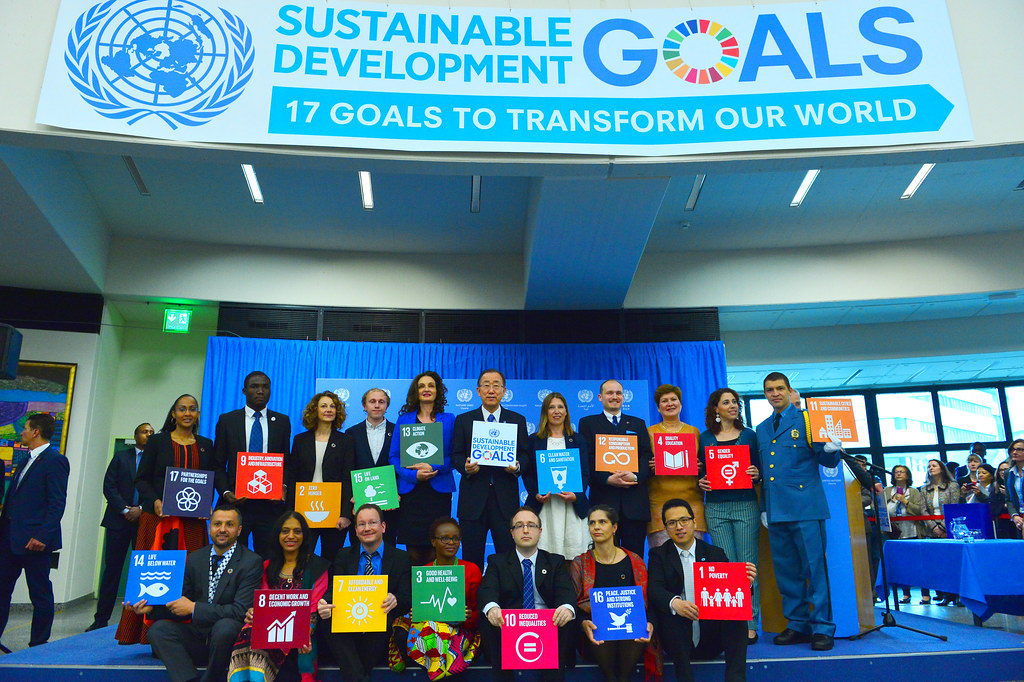By Charles Kao, Founder & CEO of Artisanal Collective
When Adam Tooze declared “The End of Development” in Foreign Policy this month, he gave voice to a widespread fatigue in the global development sector: a sense that the Sustainable Development Goals (SDGs), once hailed as the shared roadmap for humanity, have lost their mobilizing power. His diagnosis was sharp, if bleak. He pointed out the ideological unraveling of global consensus, the overreach of technocratic ambition, and the broken promise of “trillions” in blended finance. But his essay stopped where the hard work begins: what comes next?
From where we stand—building a global initiative rooted in cultural dignity, women and youth empowerment, and AI-enabled infrastructure—we offer a different answer: not the end of the SDGs, but a new delivery system.
The Goals Aren’t the Problem
Let us be clear: the SDGs are not the problem. Their vision—ending poverty, achieving gender equality, protecting the planet, ensuring decent work—is more vital than ever. But goals, by themselves, do not transform lives. Delivery does. And the delivery systems built over the past decades—centralized, slow, aid-dependent, and often extractive in tone—are no longer credible vehicles for transformation.
What we need is not a rejection of the SDG framework, but an evolution in how it is implemented: closer to the ground, anchored in identity, powered by technology, and sustained through ownership rather than dependency.
A New Model of Blended Finance
Tooze rightly critiques the grandiose promises of unlocking trillions in private finance through public de-risking. That model has, in many cases, overpromised and underdelivered. But the failure lies not in the idea of blended finance—it lies in its scale and structure.
At Artisanal Collective, we practice a new kind of blended finance: SME-level blended finance. Not billion-dollar climate portfolios or multilateral lending pipelines, but five- to seven-figure co-investments—joint ventures, micro-equity partnerships, diaspora-funded infrastructure—in real communities. It’s a model that de-risks not through financial engineering, but through human relationships, cultural alignment, and local trust.
When you invest $50,000 in a community-based tourism platform or a local artisan-powered e-commerce hub, you’re not navigating geopolitics—you’re building livelihoods. This is where blended finance can work: at the scale of close-to-the-ground economics, not speculative globalization.
Infrastructure for Identity and Ownership
Our “delivery system” focuses on three things SDG-era implementation often missed:
- Identity as Infrastructure: People don’t develop because of indicators. They develop when they believe in a future that includes them. Our “Visualize the Future” program blends ancestral narrative traditions with AI tools to help individuals emotionally anchor in their own aspirations.
- Digital Stewardship at the Village Level: We train youth as “Digital Stewards”—locally embedded technologists who enable e-commerce, AI-assisted learning, and diaspora storytelling. It’s not tech for tech’s sake. It’s infrastructure for visibility, contribution, and memory.
- Cultural LLMs and Participatory AI: Our AI systems don’t just generate reports—they ingest oral histories, family recipes, traditional crafts. This is the SDG-era’s missing layer: memory as economic power.
From Endings to Engines
Tooze is right to puncture illusions. But the answer to failed delivery is not to abandon the goals—it is to build the engines that can carry them forward. Those engines are not trillion-dollar pipelines. They are participatory, place-based, narrative-rich ecosystems that make dignity and development inseparable.
Development is not dead. It’s just getting localized.
And that’s where the next chapter of the SDGs begins.

